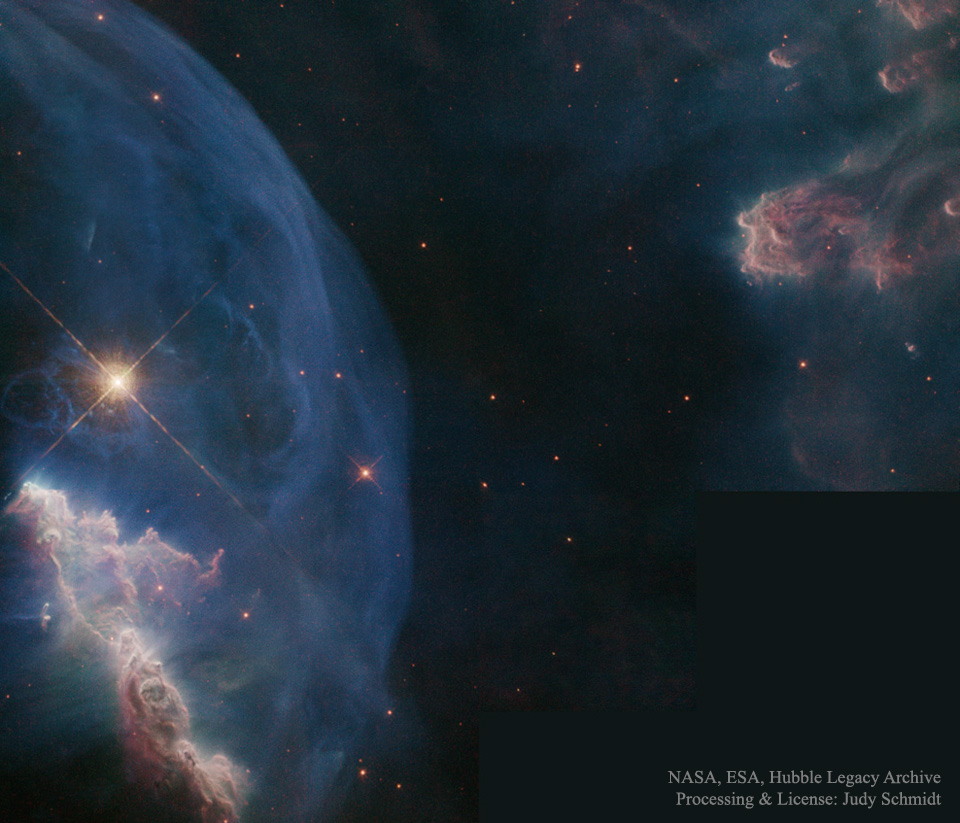Não conheço o articulista, nem percebo bem o nível de discordância que tem com o atual regime venezuelano, mas eu gostaria de tomar algumas das coisas que diz como referentes ao período antes e depois de Chávez (e extensivo a outras realidades nacionais), como por exemplo esta frase [censurei partes para afeiçoar o texto ao meu propósito - o de imputar-lhe uma mais ampla aplicabilidade]:
"No, national suicide is a much longer process – not product of any one moment. But instead one bad idea, upon another, upon another and another and another and another and the wheels that move the country began to grind slower and slower; rust covering their once shiny facades. [...] Hate, as a political strategy. Law, used to divide and conquer. Regulation used to punish. [...]. Corruption bleeding out the lifeblood in drips, filling the buckets of a successive line of bureaucrats before they are destroyed, only to be replaced time and again."
The Suicide of Venezuela



